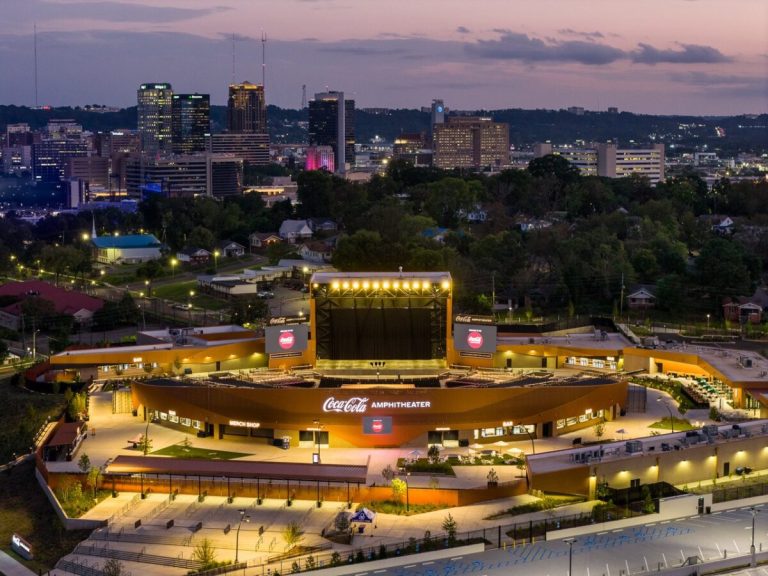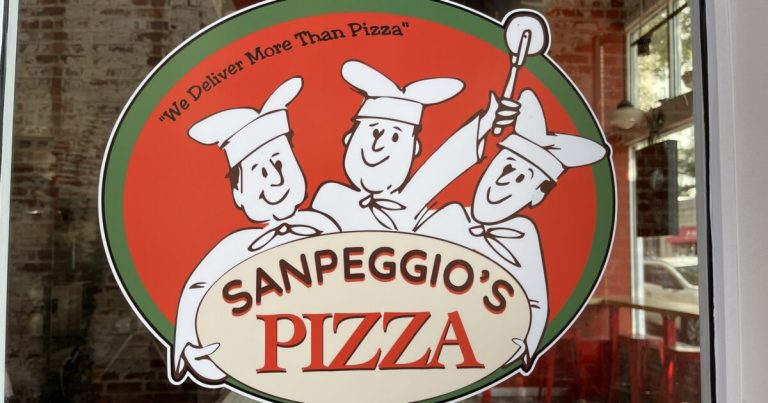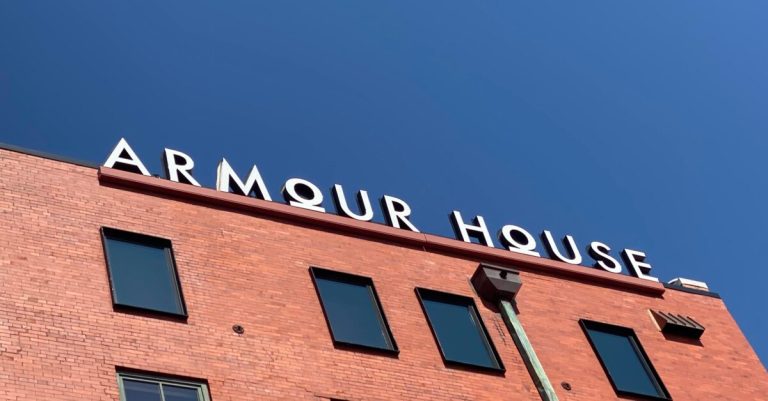9 things you didn’t know about juvenile detention in Jefferson County—and why it’s important
Reading time: 7 minutes
Sponsored

Over 440 adolescents find themselves in juvenile detention in Jefferson County each year. They can come in for a variety of reasons, but they all receive comprehensive care and services. We got an inside look at the center while learning about the Juvenile Justice Task Force in Jefferson County.
1—The center aims to only detain children who pose a danger to themselves or others

In the G. Ross Bell Youth Detention Center, adolescents are called “residents,” not “inmates.” This is just one of the many efforts of the facility to ensure this is a center of rehabilitation, education, and growth—not just incarceration.
Minors are generally only detained for violent crimes or serious felonies. However, some may be detained for technical violations of probationary status.
“We’re no longer detaining for things like truancy …We try to provide youth with needed services and support”
Monique Grier, Executive Director
Last year, 444 children came to the center. This number has decreased significantly thanks to the national juvenile justice reform that’s taken place over the past decade.
2—Juvenile detention is much different than many incarceration experiences

The emphasis placed on growth and rehabilitation was clear both throughout the facility and in my conversation with these women.
This is not a center that operates on punishment and rigidity, but rather listening to, working with, and valuing the children who end up here.
“The main focus is to wrap around the entire family—to make sure the whole family is served. That’s the way you beat the odds.”
Monique Grier, Executive Director
3—Here’s what detention actually looks like at G. Ross Bell

Children placed in juvenile detention might stay in the center for anywhere from 1 night to 6 months. Most residents will spend around 3-6 months in the facility under continuous supervision.
The center is home to around 40 residents at any given time, Children in the center receive quality medical and psychological care and education to try to combat some of the conditions that may have led to their detention.

The classrooms in the center looked exactly like the classrooms I grew up learning in. They had student artwork on the walls, visual learning aids, colorful and inviting tools, and more. Unfortunately, many of the residents have not had similar academic environments previously or achieved academic success.
All of this contributes to the goal of truly rehabilitating residents and preparing them for a future and successful life outside of the system.
4—The Jefferson County Juvenile Justice Task Force was assembled to advocate for children

Many of these positive elements of juvenile detention in Jefferson County are thanks to the Juvenile Justice Task Force. Assembled in 2018, the task force believes in the “it takes a village” approach to getting adolescents back on the right path.
Founding members formed the committee’s goals by asking several important questions:
“What services can we bring to (residents) and their families that will benefit them a) while they’re here, b) as they transition out, and c) prevent recidivism?
Also, what can we do to prevent others from interacting with the juvenile justice system?”
Monique Grier, Executive Director
5—This task force is a broad effort

There are multiple subcommittees within the task force that prioritize elements such as mental health, education, housing, substance abuse issues, and more.
The task force has developed many partners and allies within the community. This includes Jefferson County entities such as Family Court and the District Attorney’s Office, healthcare providers such as JBS Mental Health Authority and UAB Adolescent Medicine, law enforcement, and much more.
6—Jefferson County and allies are investing in long-term solutions for youth

Studies show that many adolescents who are arrested have a mental health condition.
“Consistent with national data, where approximately 70% of youth in juvenile justice custody have a mental health condition, most youth in juvenile detention in Jefferson County have a mental health issue.”
Dr. Tamera Coyne-Beasley, Division Director of UAB Adolescent Medicine
There’s where UAB’s AMPLIFY (Adolescent Medicine Psychological Learning Integrated For Youth) mental health program comes in.
This is a program that was developed and is led by UAB’s Division of Adolescent Medicine in partnership with a task force subcommittee that aims to provide long-term solutions for detained juveniles—not just band-aid fixes.
7—There’s a reason mental health is a priority for detained young people

A physical intake exam is routinely conducted when people come to this center to be detained for any reason. Part of this exam includes an evaluation from a medical professional with experience in adolescent medicine from the UAB Division of Adolescent Medicine.
UAB Adolescent Medicine is one of the major partners of the juvenile justice task force. After performing these physical evaluations, they started noticing a pattern in the services these children actually needed.
“When you really looked at what the young people needed most, it was not me listening to their hearts and lungs…
It was really me helping them to deal and cope with the experiences that they have had. Most of them have had adverse experiences in childhood including trauma and victimization.”
Dr. Tamera Coyne-Beasley, Division Director of UAB Adolescent Medicine
UAB Adolescent Medicine AMPLIFY psychological screenings are conducted by their post-doctoral psychology fellow, Dr. Vinetra King, who is a Birmingham native and has expertise in adolescent substance use and trauma-informed care.
UAB Adolescent Medicine also provides the physical exams, nursing services and psychological services, and works with community partners to address psychosocial needs.
8—The task force and their community partners have one primary mission in mind

Although it has many moving parts, the overarching goal of the Jefferson County Juvenile Justice Task Force is simple:
“We hope that when individuals are reentered into the community that they will have the necessary support, skills and opportunities to avoid recidivism and be able to reach their fullest potential.”
Dr. Tamera Coyne-Beasley, Division Director of UAB Adolescent Medicine
9—How you can help

According to Executive Director Monique Grier, the ask of the public is simple: involvement. Particularly, involvement from men in the community.
The center encourages community groups such as sororities, fraternities, church groups, etc to come give their time and services.
“Really any talents and gifts that anyone feels like they have that could aid in the lives of these children—we are certainly open to hear from them.”
Monique Grier, Executive Director
Interested in joining the mission to advocate for juvenile justice in Jefferson County? You can find contact information for Family Court and Juvenile Intake at this link.
Sponsored by:

 12904 views
12904 views


